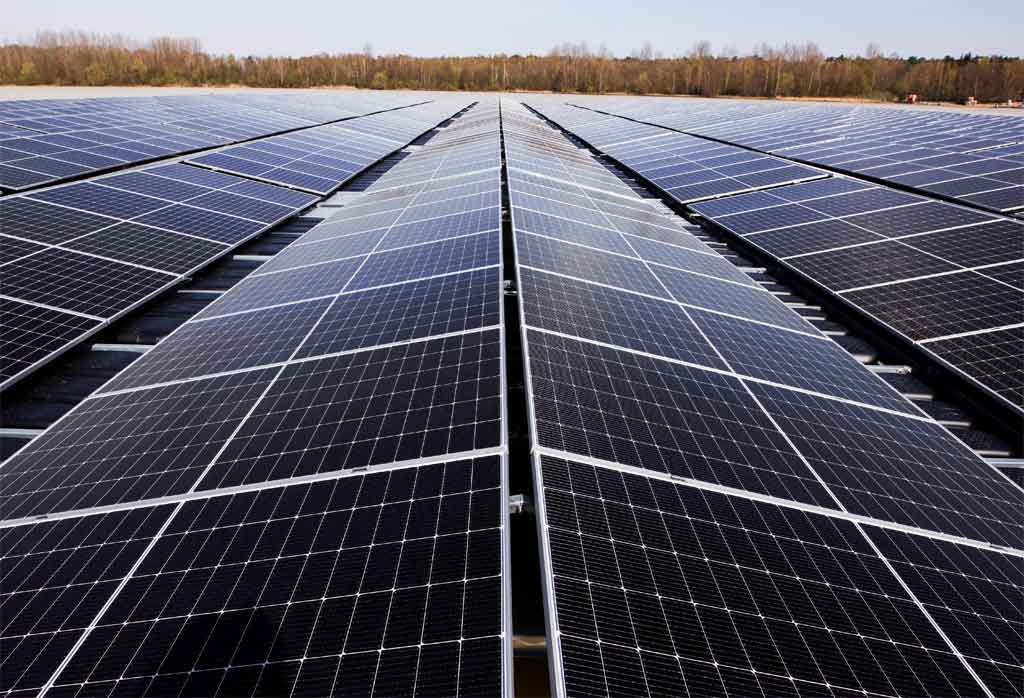In a statement, the energy regulator explains that the result is partly due to capacity expansion and weather factors.
In the distribution of RE, offshore wind accounted for 31.1 percent, solar 12.1 percent and biomass 8.4 percent, while the remaining 3.4 percent came from hydropower and other RE, the text specifies.
The Bundesnetzagentur recalls that Germany aims to generate 80 percent of green energy by 2030, for which it abandoned nuclear power, intends to stop producing most of the coal and use the remaining gas-fired power plants as grid backup.
Actions that will bring the German country closer to achieving its climate targets, the document notes.
In Germany, the total load on public power grids fell by 5.3 percent to 456.8 terawatt hours (TWh) in 2023, as power production adjusted to weaker demand, and conventional sources such as gas and coal gave way to climate-derived RE.
ef/jav/ro/tdd










